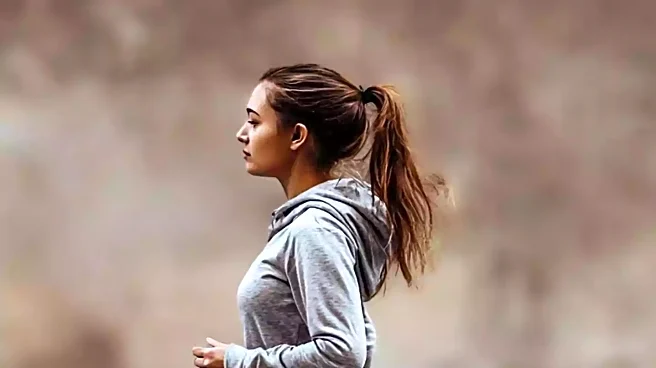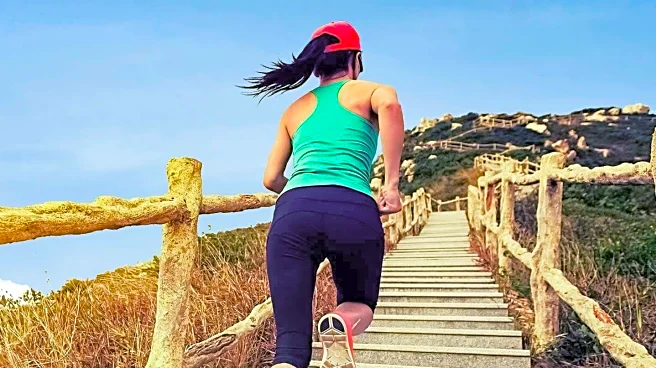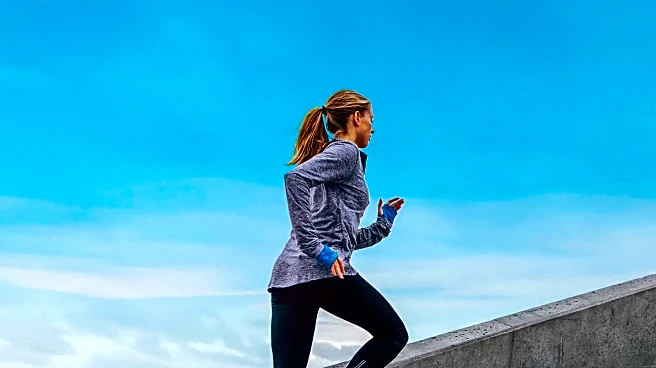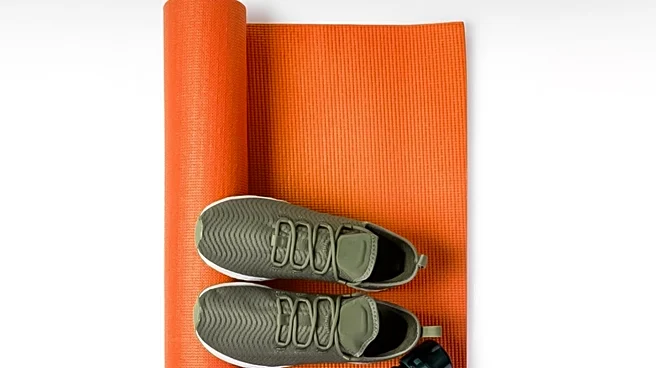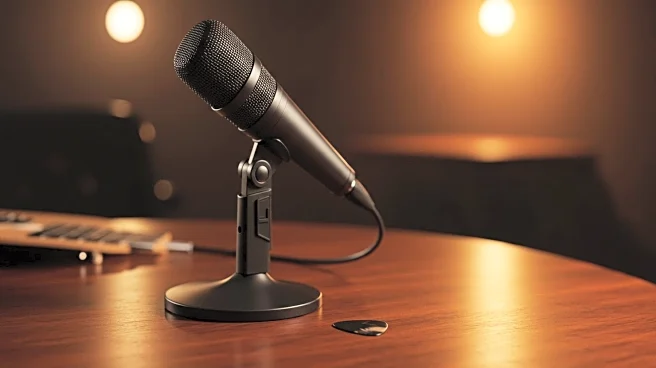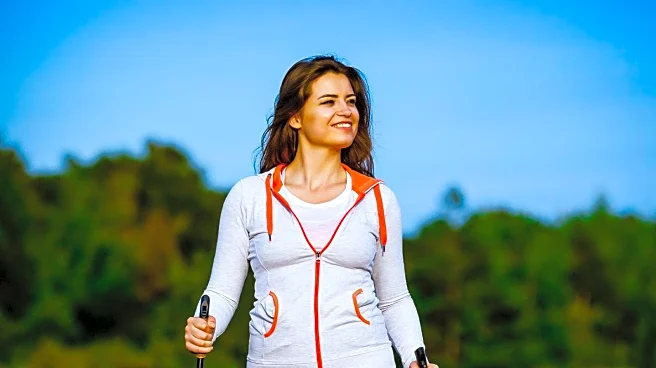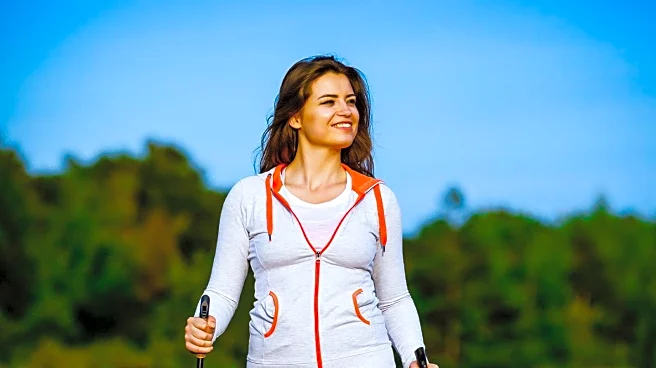What is the story about?
What's Happening?
The presidential fitness test, a staple of American childhood physical education, is being reconsidered for revival. Historically, this test included activities such as push-ups, pull-ups, and running a mile, aiming to assess the physical fitness of students. The test was phased out after the 2012-2013 school year, replaced by other programs. Recent discussions among fitness professionals and educators have highlighted the importance of engaging children in physical activities they enjoy, potentially bringing back the test with modifications. The conversation is part of a broader effort to address childhood obesity and promote healthier lifestyles among young Americans.
Why It's Important?
Reviving the presidential fitness test could have significant implications for public health policy and education. With rising concerns about childhood obesity and sedentary lifestyles, reintroducing structured physical assessments in schools may encourage more active habits among students. This initiative could also influence educational curricula, emphasizing the importance of physical health alongside academic achievements. Stakeholders, including educators, parents, and policymakers, may see this as an opportunity to foster a culture of health and fitness from a young age, potentially reducing long-term health risks associated with inactivity.
What's Next?
If the presidential fitness test is reintroduced, schools may need to adapt their physical education programs to accommodate the new requirements. This could involve training for teachers, adjustments in school schedules, and potential investments in equipment. Additionally, feedback from students and parents will be crucial in shaping the test to ensure it is both effective and enjoyable. Policymakers might also consider integrating modern fitness trends and technologies to make the test more relevant to today's youth.
Beyond the Headlines
The revival of the presidential fitness test could spark discussions about the broader role of physical education in schools. It may lead to debates on how best to balance physical and academic education, and how to address diverse student needs and abilities. Furthermore, this initiative could influence cultural perceptions of fitness, encouraging a shift towards valuing physical health as a key component of overall well-being.
AI Generated Content
Do you find this article useful?
